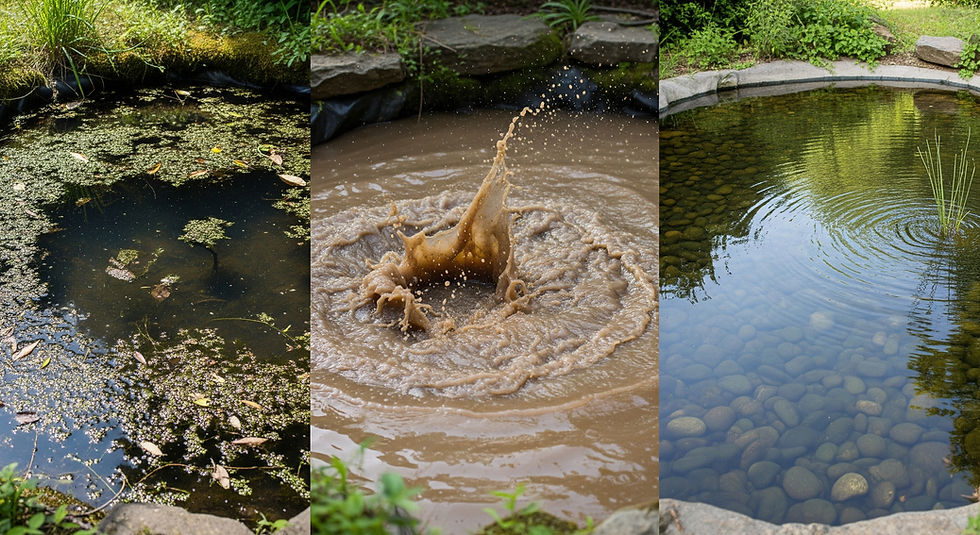From Overthinking to Embodiment: Learning by Living
- Melissa Valentine

- Jul 18
- 2 min read
“We do not think ourselves into new ways of living, we live ourselves into new ways of thinking.” ~Rachel McBride
How often do we try to solve our challenges by thinking harder, analyzing more, or creating the perfect plan—only to feel stuck in the same patterns? Our minds are brilliant problem-solvers, but real change doesn’t happen in the mind alone. It happens when we engage the body, the breath, and the present moment.
Embodiment is the practice of moving from thinking about life to skillfully living it. It means noticing how experiences show up in your body, sensing your posture, breath, tension, and ease—not just your thoughts. When we move, stretch, breathe deeply, or even sit in stillness with awareness, we create space for the body to guide the mind, not the other way around.
There are many ways to begin to embody your life and slowly change your way of thinking. The gentle and mindful practice of yoga of is, of course, one way. In her book One Degree of Revolution, Coby Kozlowski places Yoga squarely at the center of such efforts by defining it as "the skillful participation and engagement with the movement of life"

Yoga is the skillful participation and engagement with the movement of life" ~ Coby Kozlowski
If you find yourself caught in a loop of overthinking, you can try playing and sensing your body on your yoga mat or try one of these additional embodiment practices:
Take a walk alone without your phone: Walk slowly. See what is far away, and then focus on the smallest of objects on your path. Stop to smell or take mental pictures. Listen to sounds as far away as possible and then those right up close to your body.
Breathe consciously: Watch your breath. How would you describe it? Is your breath hot or cold? Does your breath make a sound? Where do you feel it inside your body? Is there resistance in the flow? How balanced are the inhale and exhale? Then, intentionally breathe in through the nose. Breathe long, slow and deep within the body (LSD). Breathe quietly and at less than your total capacity. Notice how quickly your nervous system settles.
Feel your feet: Ground yourself by simply noticing the connection between your feet and the earth. This is the easiest technique to reduce stress and tension in the neck and shoulders - simply shift your attention to your feet.
Name sensations: Instead of naming thoughts, name what you feel physically—warmth, tension, tingling. Name how you feel and notice where you feel this in your body rather than what you think about your current state. What is the antidote to this feeling? What does that feel like? If you are stressed, feel and describe to yourself the sensations accompanying the thought of stress and then feel and describe calm or peace.
These practices are simple, accessible, and free—especially when compared to the cost we pay in lost time, energy, sleep, and increased stress when we try to think our way out of suffering. By engaging in these small, embodied practices, we start to live our way into new ways of thinking, creating a greater sense of presence, connection, and clarity.





Comments